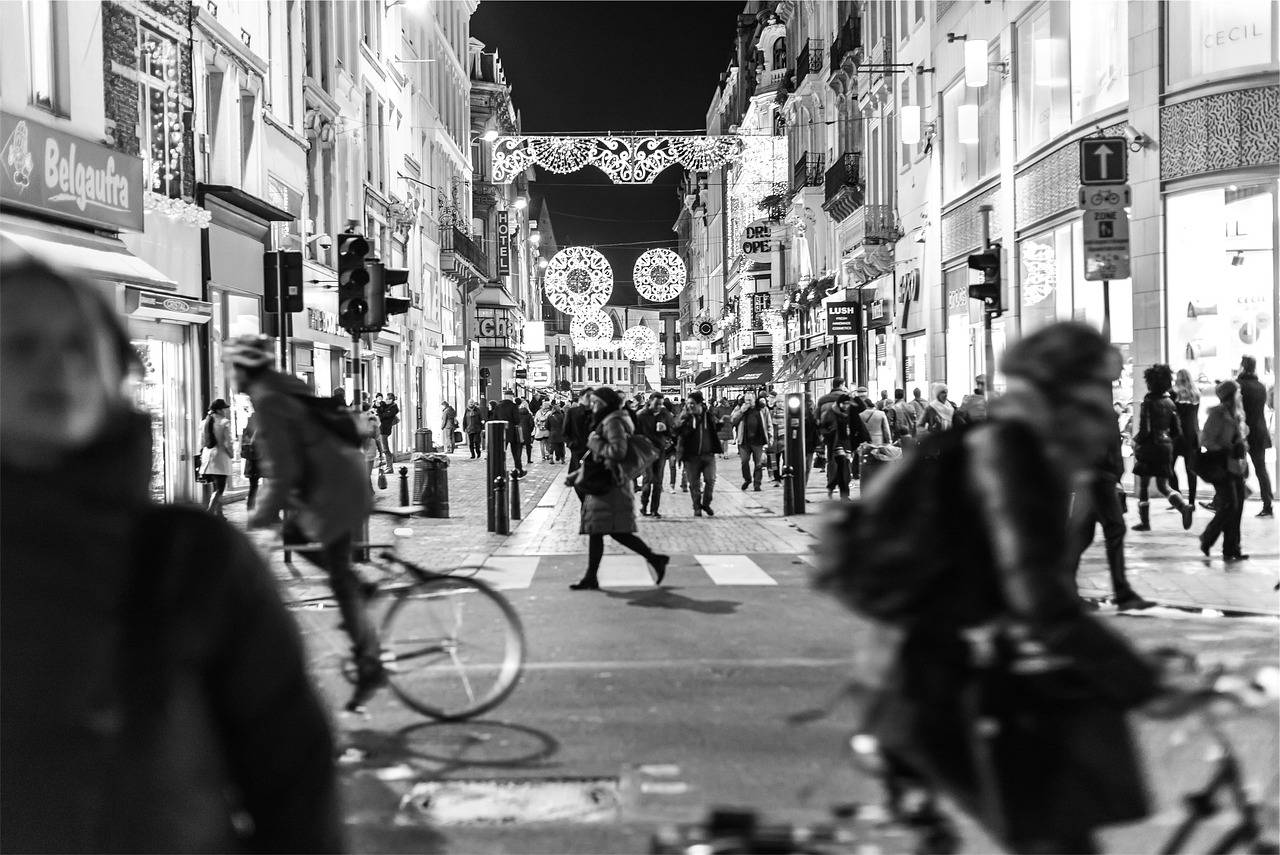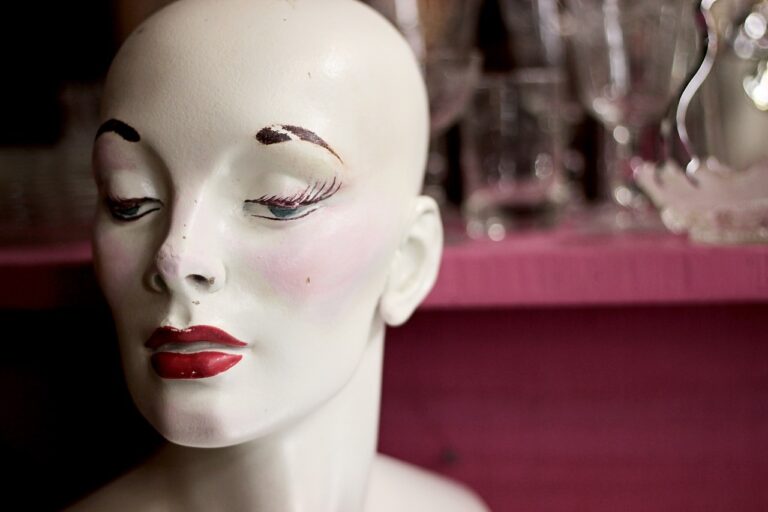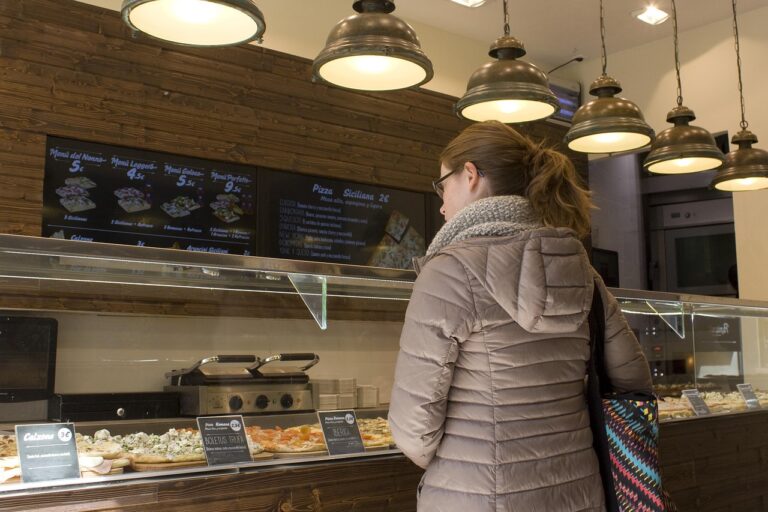The Future of AR-powered Beauty Apps
Augmented Reality (AR) technology has revolutionized the beauty industry by offering a more personalized and interactive experience for consumers. With the help of AR-powered beauty apps, users can virtually try on different makeup products, hairstyles, and even experiment with various cosmetic looks without physically applying any products. This technology enables customers to make more informed purchasing decisions from the comfort of their own homes.
Furthermore, AR technology is not only enhancing the consumer experience but also benefiting beauty brands and retailers. By incorporating AR features into their platforms, companies are able to engage with their audiences in a more impactful way, resulting in increased brand loyalty and customer satisfaction. This innovative technology is reshaping the traditional beauty industry landscape and paving the way for a more immersive and tech-savvy future.
The benefits of using AR-powered beauty apps
Augmented Reality (AR) technology has revolutionized the beauty industry by offering consumers the opportunity to virtually try on makeup products before making a purchase. AR-powered beauty apps allow users to experiment with different shades of lipstick, eyeshadow, and blush in real-time, without the need to visit a physical store. This convenience not only saves time and effort but also provides a personalized and interactive shopping experience.
Moreover, AR-powered beauty apps help users make more informed purchasing decisions by allowing them to see how a product will look on their skin tone and face shape. This feature minimizes the risk of buying products that may not suit their specific preferences and enhances customer satisfaction. Additionally, these apps often offer recommendations and tutorials, catering to the growing demand for tailored beauty solutions in today’s digital age.
Trends in AR beauty technology
As AR technology continues to evolve, the beauty industry is embracing innovative ways to enhance the consumer experience. One prominent trend is the use of AR-powered beauty apps that allow users to virtually try on makeup products before making a purchase. These apps use facial recognition technology to accurately superimpose different shades and styles of makeup onto a user’s face, providing a realistic preview of how the product will look in real life.
Another exciting trend in AR beauty technology is the integration of personalized recommendations based on individual skin tones and preferences. By utilizing AI algorithms and machine learning, beauty brands are able to offer customized product suggestions that cater to the unique needs of each consumer. This level of personalization not only enhances the shopping experience but also increases customer satisfaction and loyalty.





